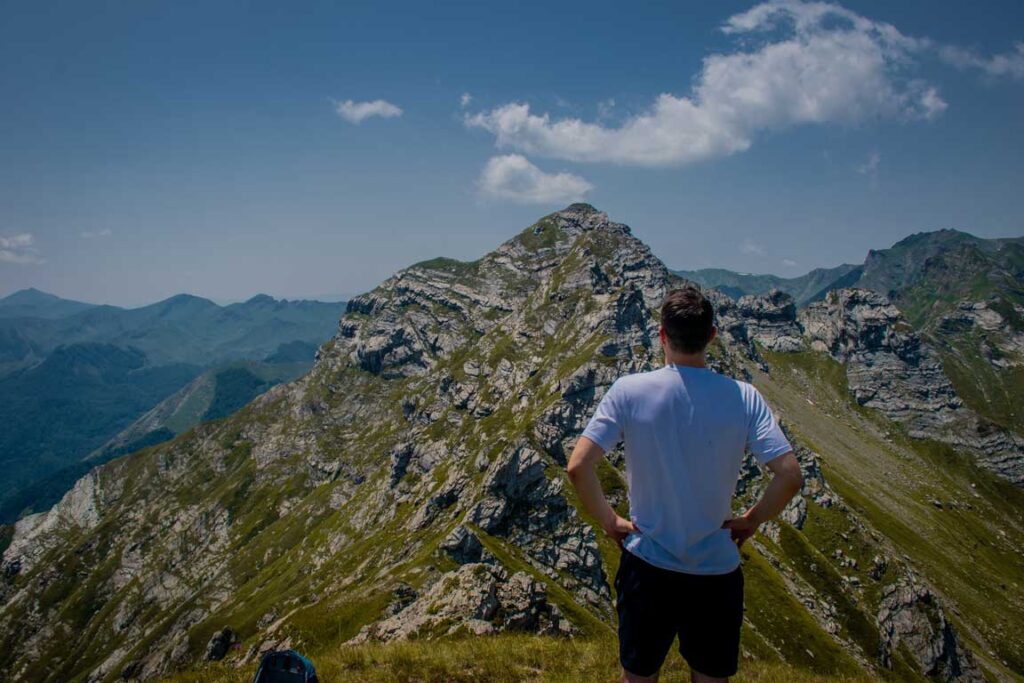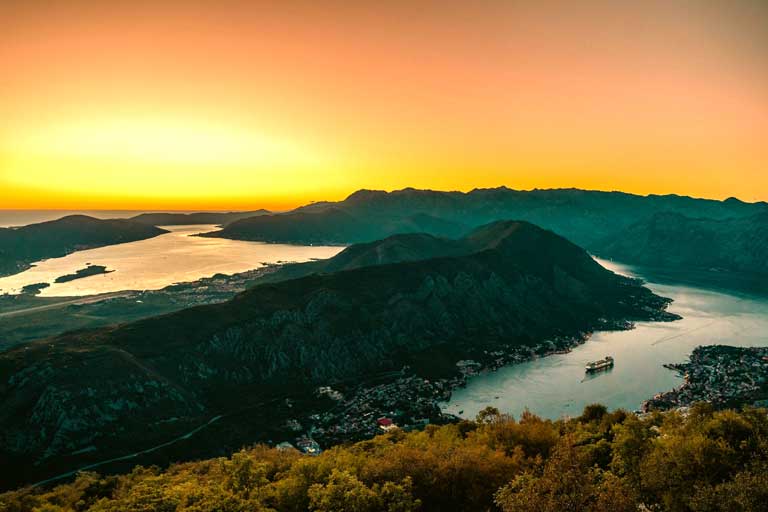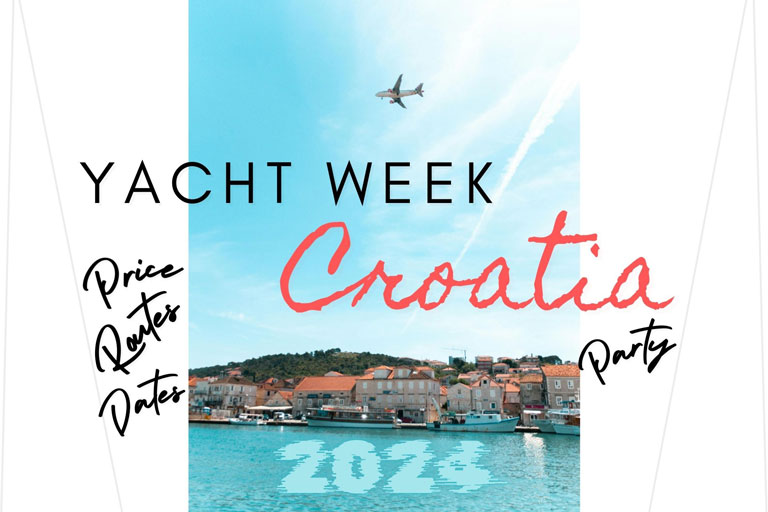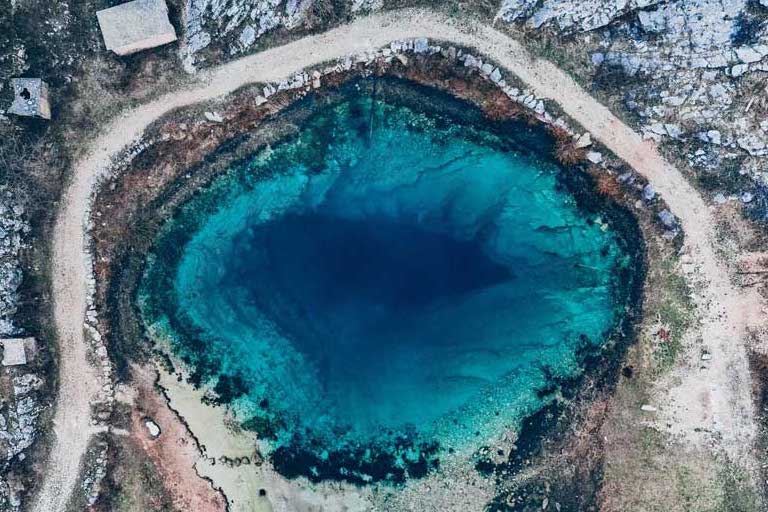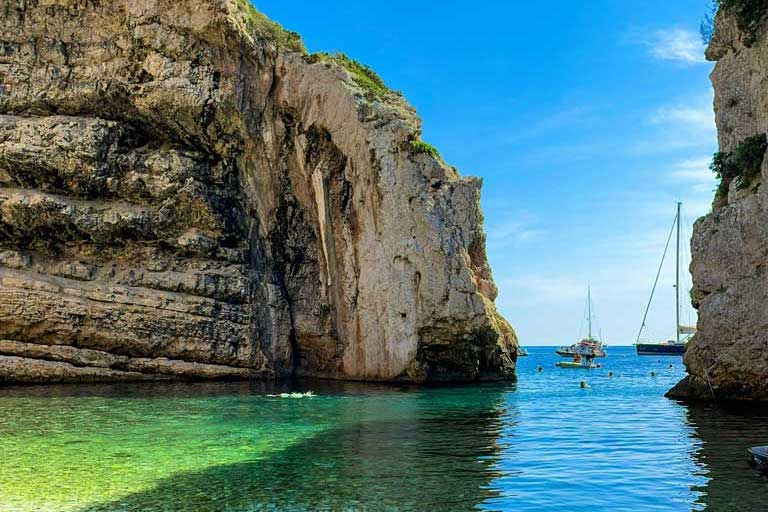One of the interesting facts about North Macedonia is that not many people know Mother Teresa is actually a Macedonian. She was born in Skopje, and there is a museum and statue honouring her in the city.
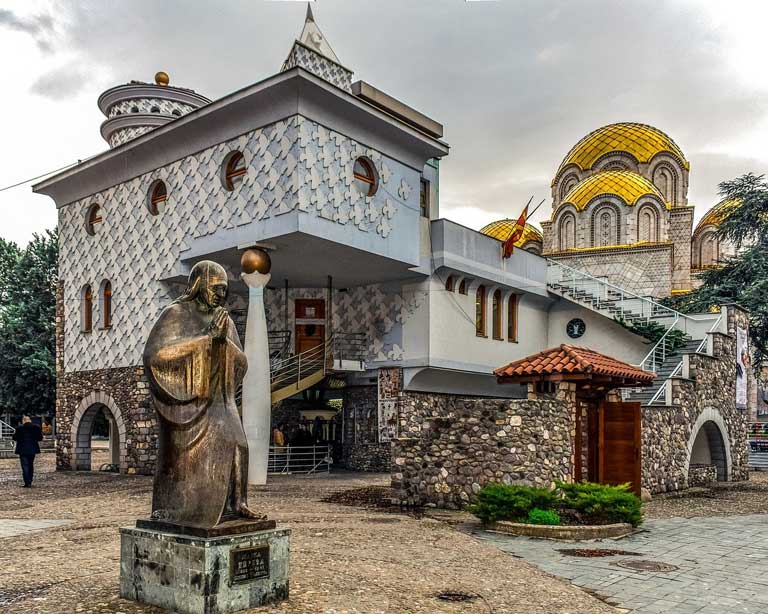
North Macedonia is located in Southeastern Europe and is part of the Balkan Peninsula. It shares a border with Greece, Bulgaria, Albania, Kosovo, and Serbia.
The country has played an integral part in history with several civilisations laying claim to it.
Philip II of Macedon conquered the region only for the Macedonian Kingdom to fall to the Romans later. The division of the Roman Empire saw Macedonia becoming part of the Eastern Roman Empire. The 7th century AD saw the Slav tribes settling there, and later on in the 9th century AD it became part of the Bulgarian Empire. Afterwards, the Byzantine Empire regained control in 1018.
After that, the country was handed back and forth among Serbia, Bulgaria, and Byzantium. In the 18th century, the Ottoman Empire laid claim over the country.
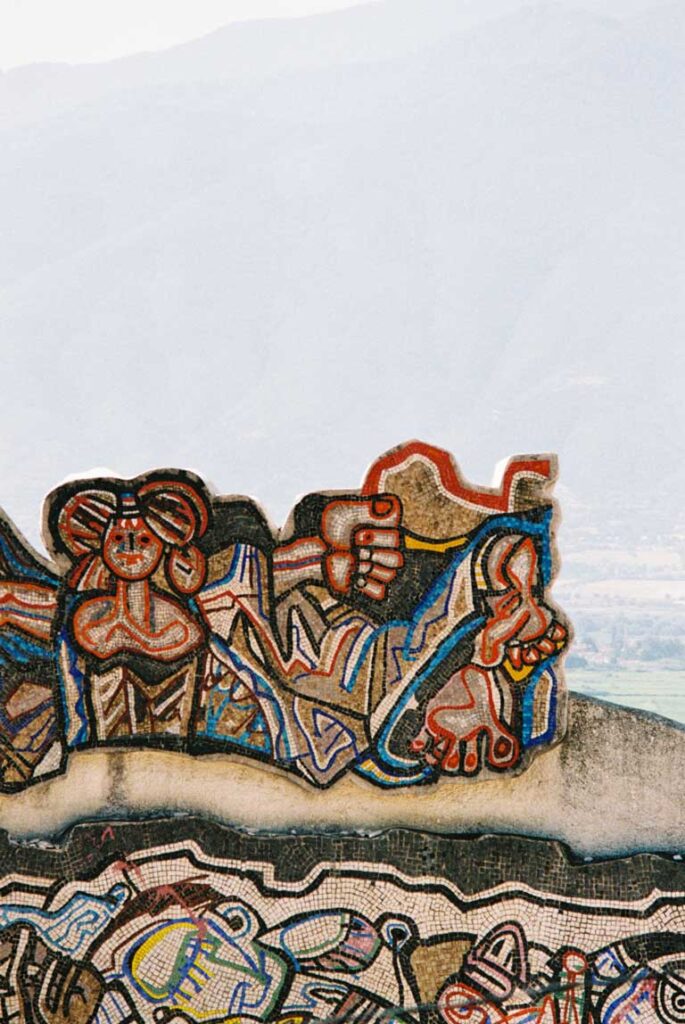
Why Are We Telling You All of This?
The country continually changed hands, which then shaped its ethnic and cultural identity. Present-day North Macedonia gained its independence from former Yugoslavia on 8th Sept, 1991. Since Greece had a region called Macedonia, the country changed its name from Macedonia to North Macedonia in 2019.
If you find the country’s history interesting, you’ll find the following facts about North Macedonia even more interesting!
Facts about North Macedonia
Here’s a list of interesting facts about North Macedonia:
1. Why is Fruit Salad Macedonia Fruit Salad?
In North Macedonia, they call the fruit salad the Macedonia fruit salad or Macedonia di frutta. The name originates from the Balkan country known for its diverse population of people, consisting of Macedonians, Greeks, and Albanians. Macedonians prepare Macedonia salad using seasonal fruits such as strawberries, melons, kiwifruits, pineapples, pears, and blueberries.
2. How Ancient is North Macedonia?
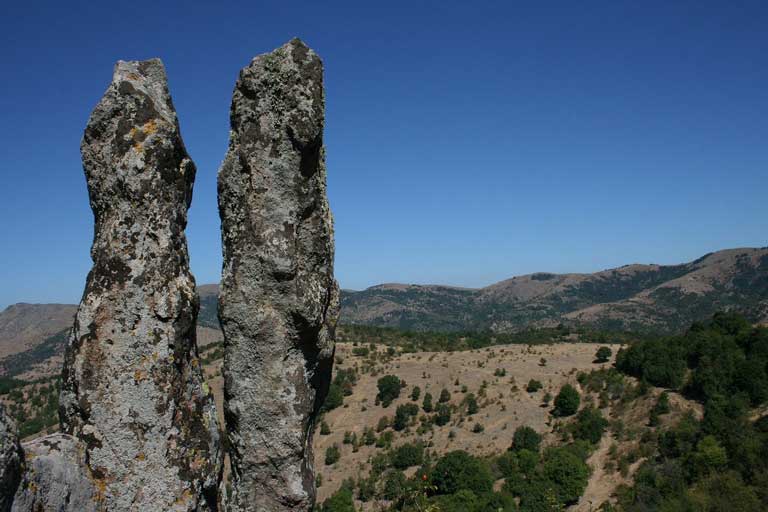
The ancient kingdom of Macedonia (Macedon) goes back to 808 BC. Argeads, the founding dynasty, ruled the land for some time. However, present-day North Macedonia closely associates itself with the kingdom of Macedonia and the kingdom of Paeonia. Moreover, the country’s capital Skopje is believed to be around 7,000 years old!
It’s said that parts of the cross used for the crucifixion of Jesus Christ can be found in three monasteries in North Macedonia — St. Georgij Pobedonosec, St. Jovan Bigorski in Debar, and also St. Bogorodica Prechista in Kichevo.
3. What Are the Two UNESCO Transnational Sites in North Macedonia?
· Ohrid Region’s Natural and Cultural Heritage
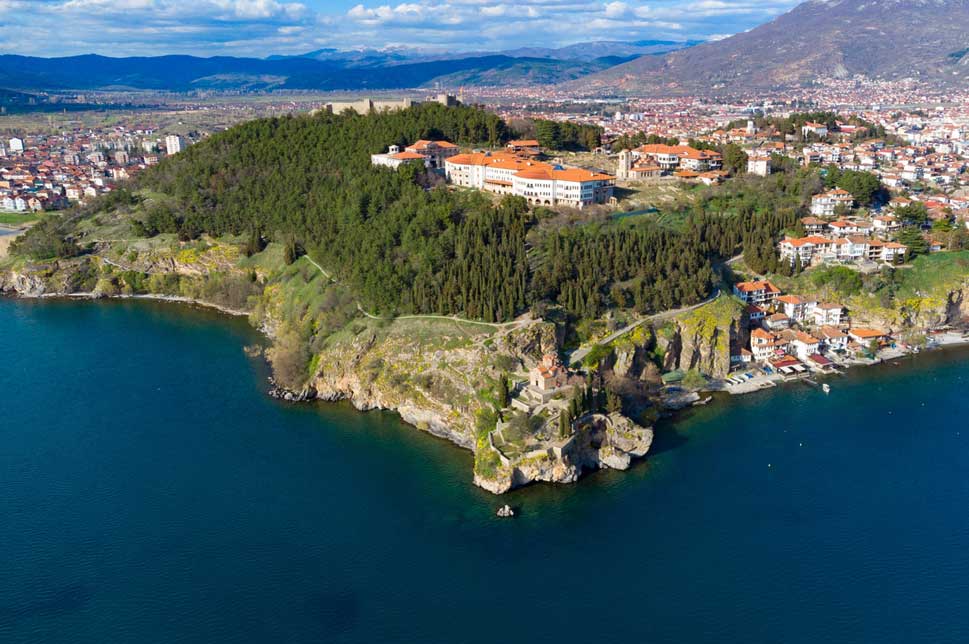
Ohrid, a town in North Macedonia, received its protected status after archaeologists discovered remains from the Bronze Age to the Medieval Era, thus recognising the town as one of Europe’s oldest human settlements.
The town displays Byzantine architecture and arts such as the churches of St. Sophia and St. John. The town also has an ancient Slavonic monastery and Balkans’ first Slavonic University. Another spectacular site is Lake Ohrid, dating back to the pre-glacial period. They extended the lake in 1980, made a small change in the borders in 2009, and extended the site again to include the Albanian part of the lake in 2019.
· Carpathians and Other Regions of Europe’s Ancient and Primeval Beech Forests
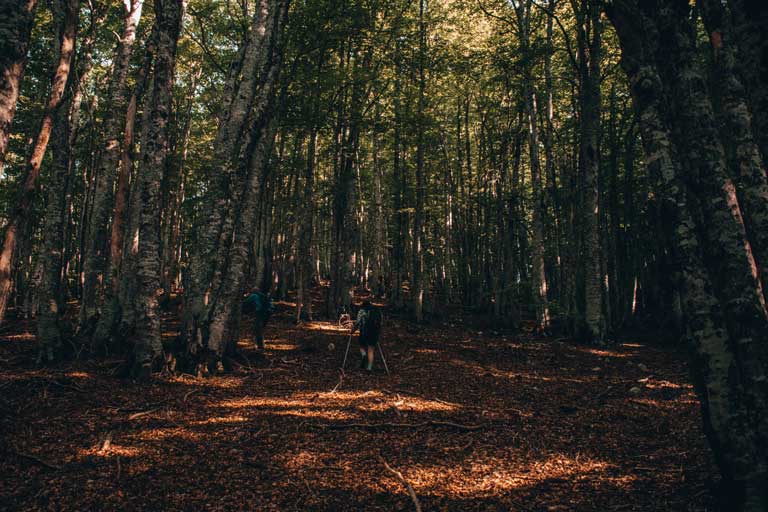
The location comprises 94 component parts in eighteen countries, including North Macedonia. European beech, a deciduous tree, continued to spread since the end of the final Ice Age. The tree began to spread in a few isolated regions in the Mediterranean, Dinarides, Carpathians, the Alps, and the Pyrenees in a short time over the course of a thousand years.
To this date, the Beech forests continue to grow and spread. The tree’s ability to grow and spread in several different regions indicates its high tolerance level. The tree can adapt to various climates and physical and geographical conditions.
4. How Many National Parks Does North Macedonia Have?
· Mavrovo National Park
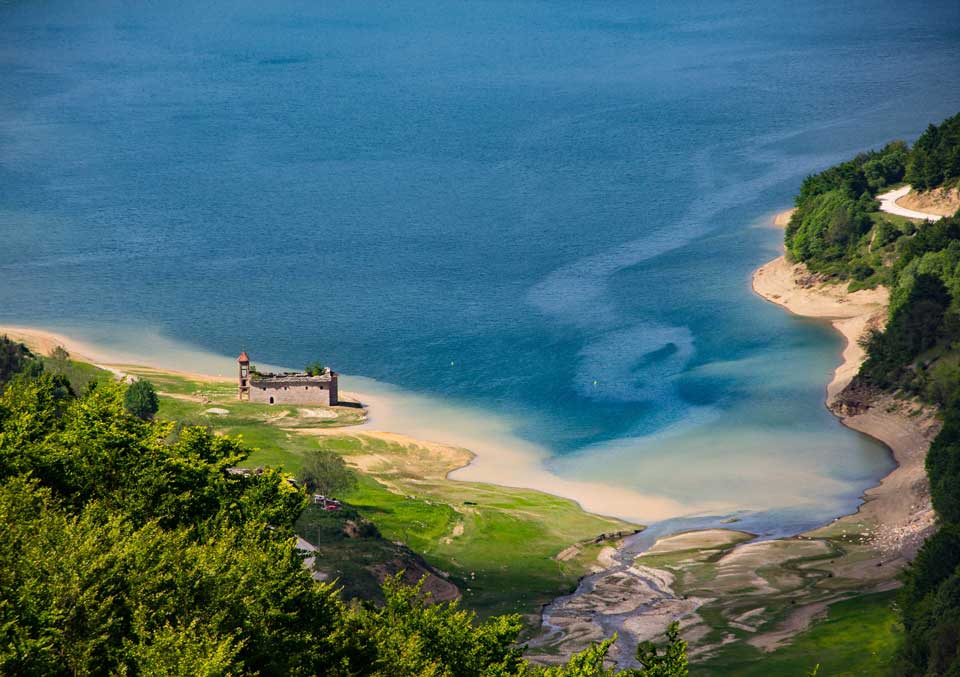
The national park in western North Macedonia is the country’s largest park, covering 73,088 hectares of land. From the park, you can see the Korab, Shar, Desat, Bistra, and also Krchin mountains. The central part of the park includes the Radika river basin and the valley. The park also has the sunken church of St. Nikola in its artificial lake, 30 mysterious caves, more than 50 mountain peaks, and several plant and animal species.
· Pelister National Park
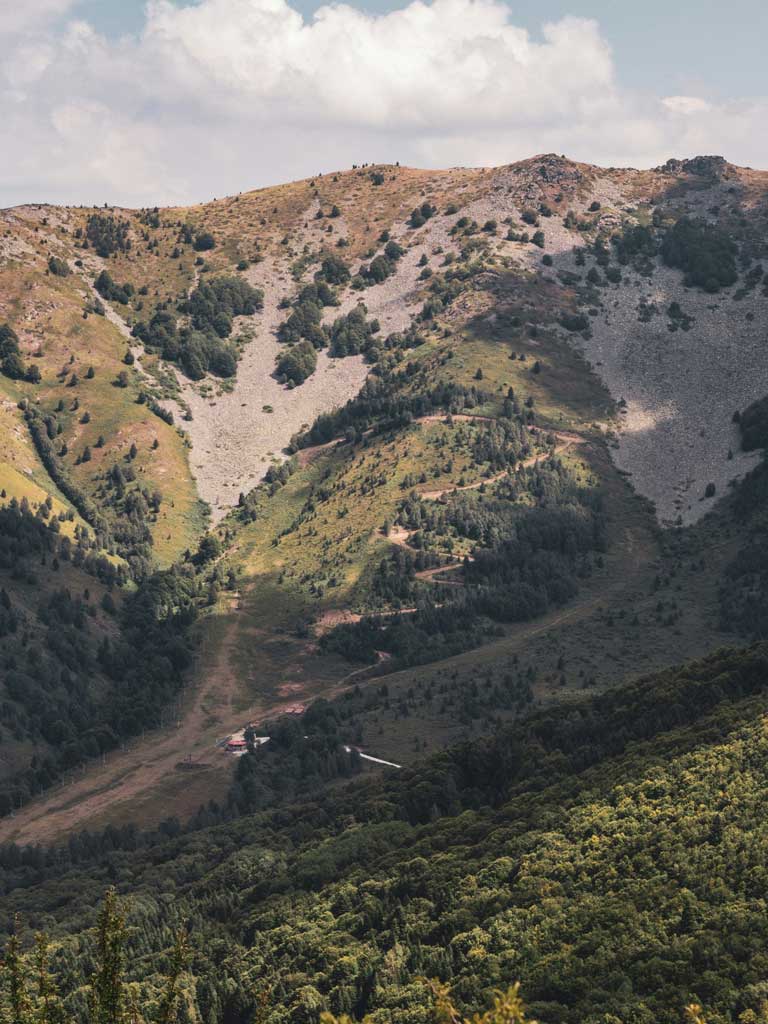
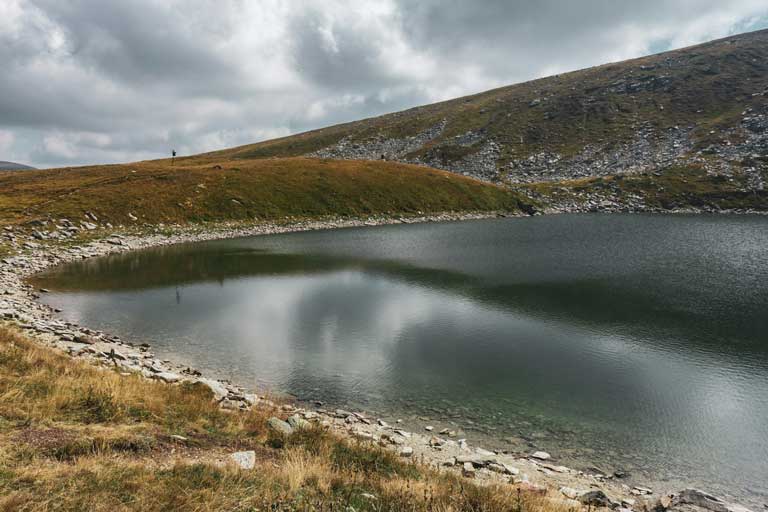
The national park is known for its biological diversity. Most people visit the park to see Baba Mountain. The park offers captivating views of the Selecka, Jakupica, Kajmakcalan, and Jablanica Mountain. The mountains are decorated with diverse plant species such as wooden plants. You can also visit the Big and Small Lake or Pelister’s Eyes.
· Galicica National Park
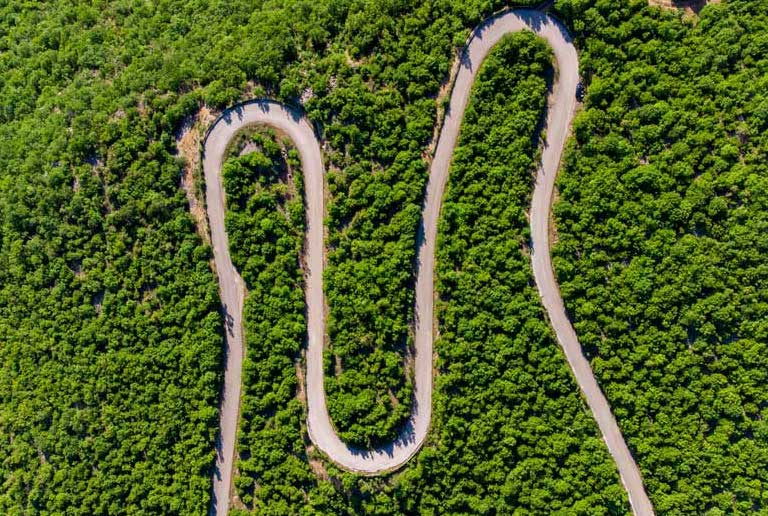
The national park offers beautiful views of Prespa Lake and Lake Ohrid. The attractive and aesthetically pleasing landscape is a huge draw for visitors. From the park, you can see the stunning Galicica Mountain. You will find more than 600 plant and flower species in the park.
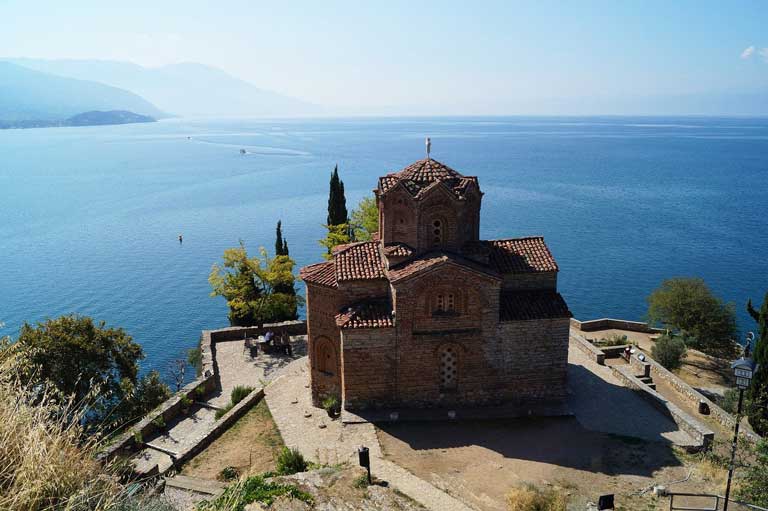
The park consists of several cultural and historic sites such as churches, archaeological locations, cave churches, monasteries, and monuments. You can visit Golem Grad Island, which is the only island in North Macedonia, St. Bogorodica and St. Stefan Church and St. Pavle, St. Petka, and St. Ilija cave church.
· Jasen National Park
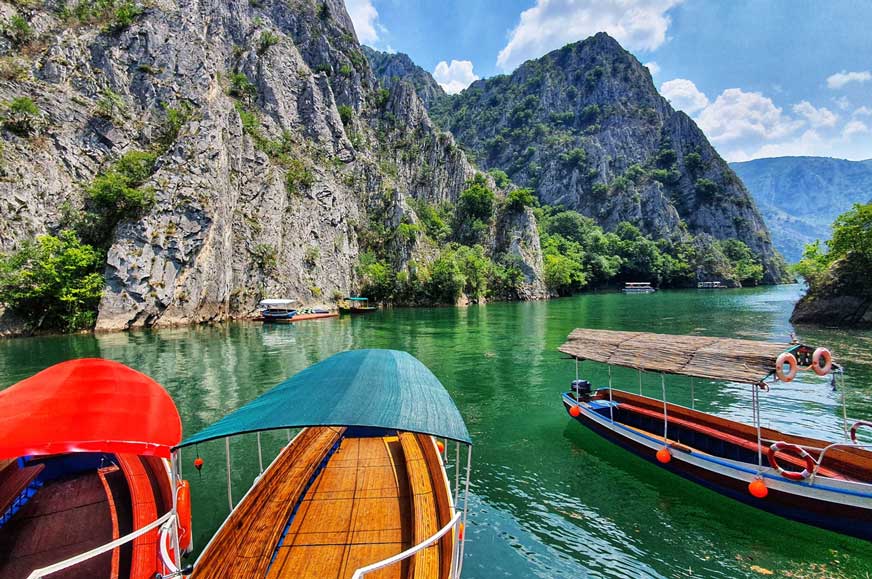
The park was first situated on Mount Karadzica in 1958 but was later expanded to Suva Gora in 1960. The only bodies of water found in the park are the lost river of Oca and the manmade Kozjak Lake. Some of the activities you can partake in at the park include mountain biking, fishing, hiking, and camping along the Kozjak and Matka lakes. The park also has several notable tourist attractions such as the Matka Canyon, Jakupica, and Katlanovo-Taor.
5. Did You Know It Has One of the World’s Oldest Astronomical Observatories?
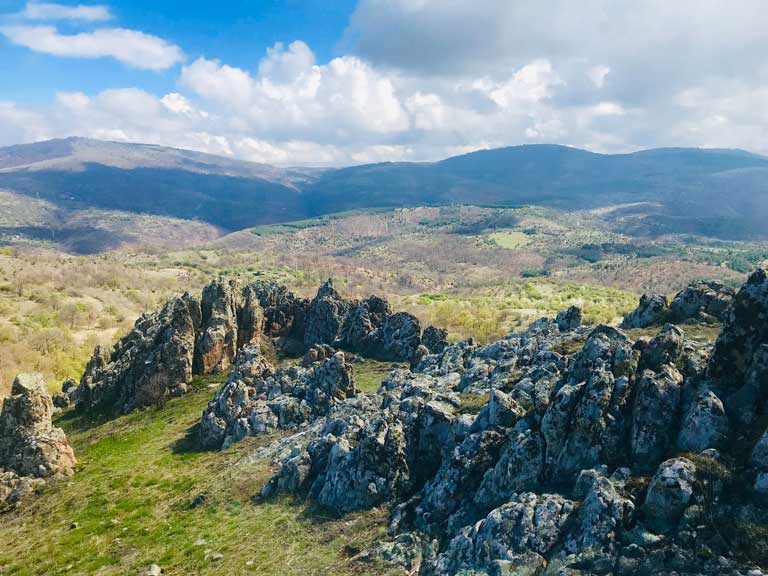
The Kokino is the fourth oldest astronomical observatory in the world. The 3,800-year-old observatory has markers used to study the sun and moon’s movement to develop a lunar calendar. The observatory’ location is at a height of more than 3,300 feet.
The site consists of two platforms divided by an elevation of about 62 feet. On the first platform, there are markers etched into the andesite rocks used to show astronomical events such as winter and summer solstices and autumn and spring equinoxes.
The second platform indicates the precise movement of light during the equinox and solstice. There’s a special throne where the community’s most powerful members used to sit and observe the light flowing through the carved markers. They also performed rituals in the observatory based on these solar changes.
6. Why Visit the Village of Trpejca?
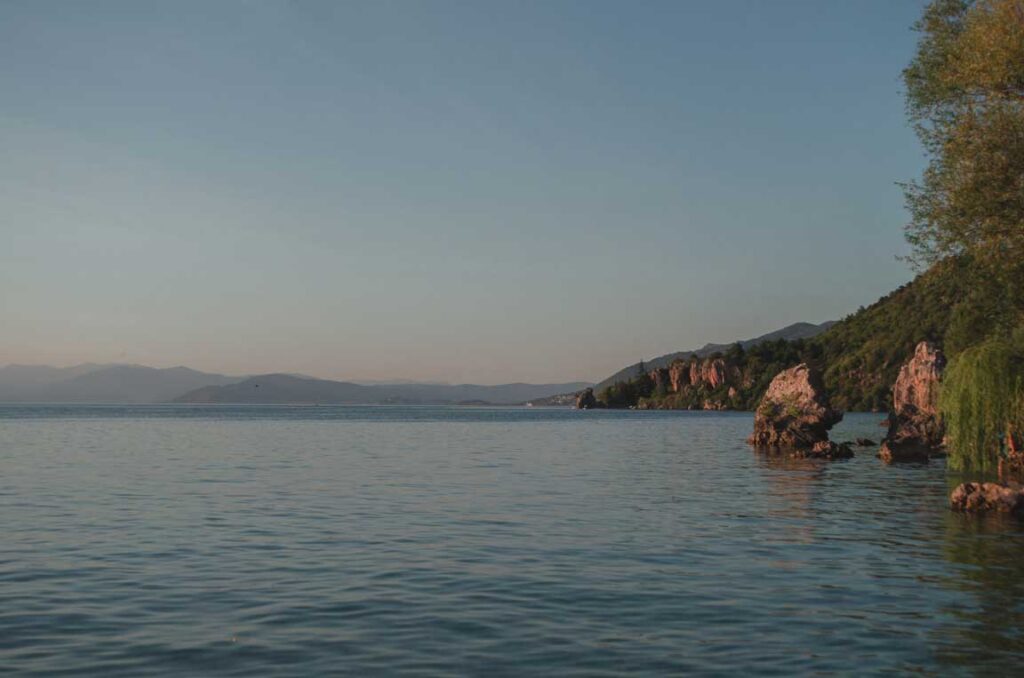
Trpejca is a village that sits at the base of Galicica Mountain and beside Lake Ohrid’s shore. The village has been around since the 16th century. The small village has one school, a church, and two stores. People fondly call the village North Macedonia’s Saint Tropez.
According to local folklore, the village is named after a woman who was married to a man named Trpe and as a result, people called her Trpejca. You will find numerous bed and breakfast places in the summer to accommodate tourists.
7. What Should You Know About the City of Bitola?
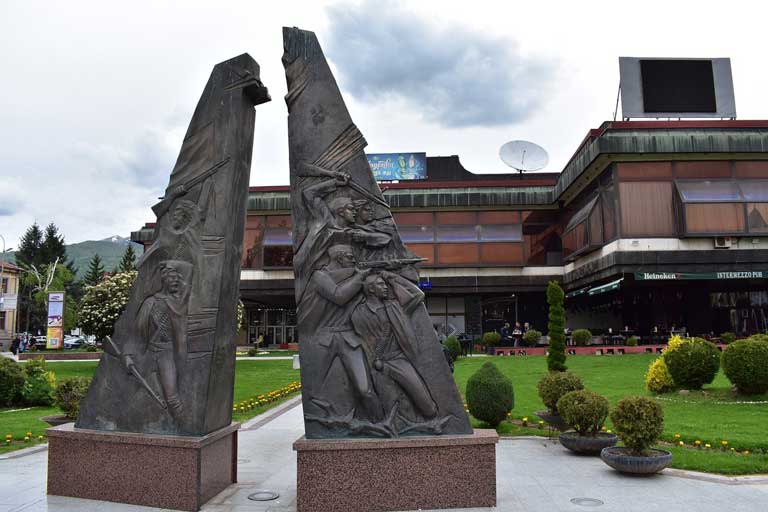
Bitola is the country’s second-largest city. The city has a rich history and culture. Dating back to the 14th century BC, Philip II of Macedon discovered a settlement in Bitola calling it the Heraclea Lyncestis. The Heraclea Lyncestis is an archaeological site with a 3,000-seat Roman theatre connected to the city via a park.
The city has an Old Covered Bazaar, mosques, Byzantine churches, Ottoman bathhouses, outdoor cafes, and pizza parlours. Most people refer to the city as the “Most European City” of North Macedonia. Another name the city goes by is “The City of Consuls” due to several European countries establishing foreign outposts in Bitola.
8. Did You Know Lake Ohrid is the Oldest Lake in Europe?
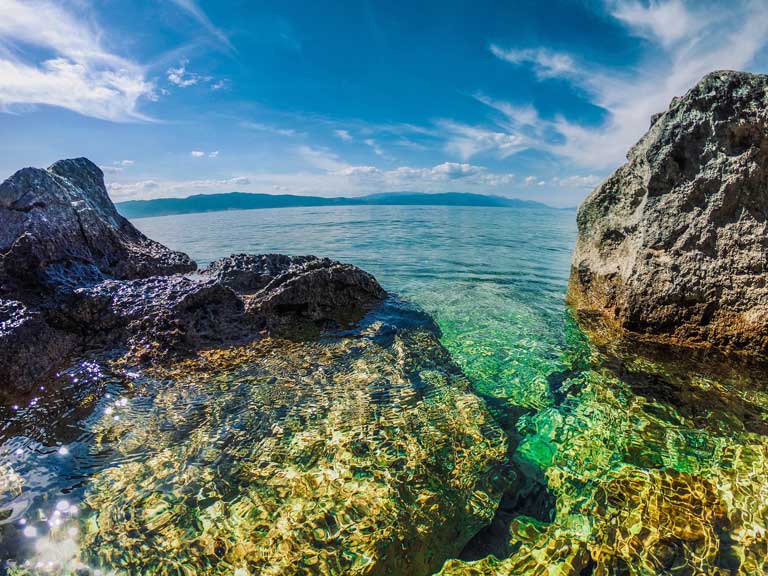
Did you know Lake Ohrid is one of Europe’s deepest lakes with a depth of 288 m or 940 feet? It’s also the oldest lake in Europe, as it has been around 4 million years. The lake is home to over 190 endemic species, which you won’t see at any other locations in the world. For this reason, in 1979, UNESCO declared the lake as a World Heritage site.
9. Skopje Has Been Rebuilt Many Times
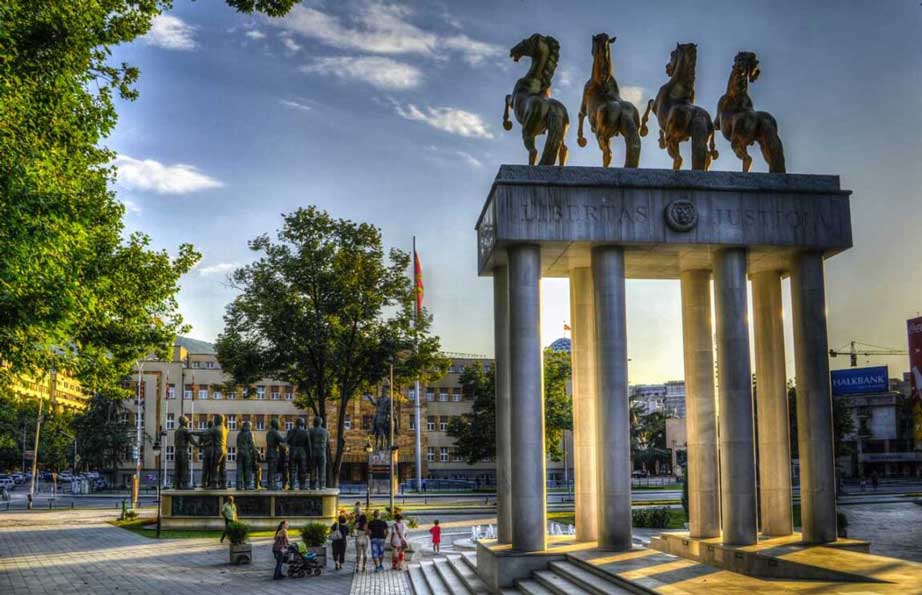
North Macedonia’s capital Skopje has lived through several natural disasters and each time, it has been rebuilt. The city has endured several devastating earthquakes with the largest one occurring in 518 and 1963. If that wasn’t enough, Piccolomini, the Austro-Hungarian General, burned down the city in the 18th century.
10. Did You Know North Macedonia Has the World’s Second Biggest Cross?
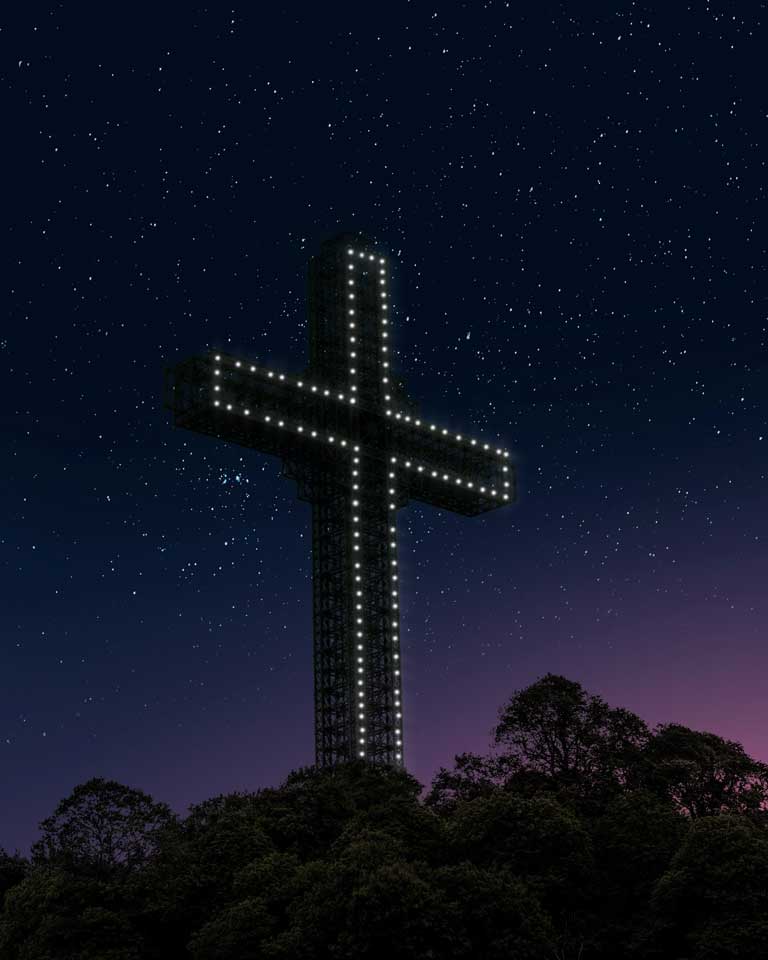
In Skopje, there’s Mountain Vodno and on top of it sits the Millennium Cross — a 66-m or 217 feet in height. It’s the world’s fifth-largest cross and Europe’s second-largest cross. The steel cross, created in 2002, is a memorial celebrating the country’s 2,000 years of Christianity. If you want to walk, you should know it is about a 6 km hike to the cross. Another way to reach the top is by bus or cable car. Note: they ban driving cars in the hot spot location. In that case, we recommend using a cable car where the ticket will cost you less than 10€ return.
Facts about North Macedonia — Want to Know More?
- North Macedonia has the only thallium mine in the world. Situated on Mount Kozhuv, the mine has over 500 tonnes of thallium.
- In Kuklici, there are several stones formed around 50,000 years ago. They resemble a wedding party and you can make out a groom, bride, maid of honour, and also best man.
- One of the unknown facts about North Macedonia is that the country got complete access to the wireless broadband network in 2006, making it the first country in the world to get it.
North Macedonia Entices You to Return
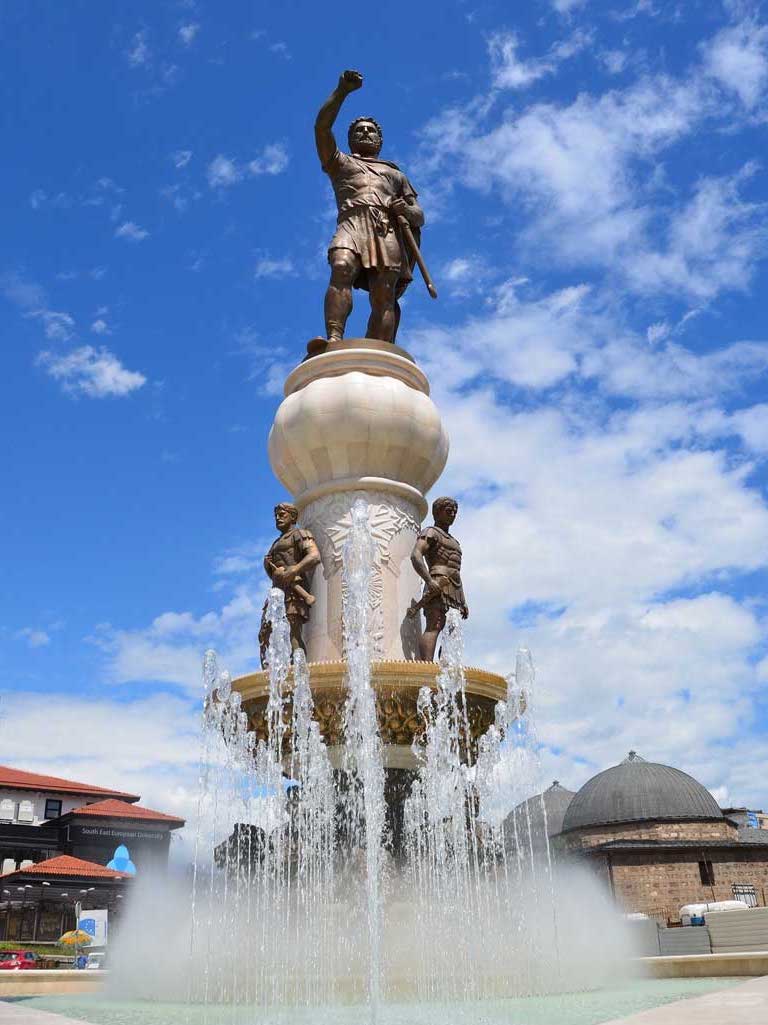
You will fall in love with North Macedonia’s exotic landscapes, impressive architecture, and spectacular sites. North Macedonia is known for its mouth-watering food, historical revelations, and cultural practices. When you step into North Macedonia, a whole new world will open up to you, one that you will always remember years from now.

